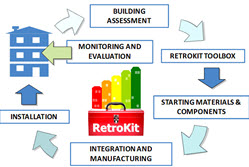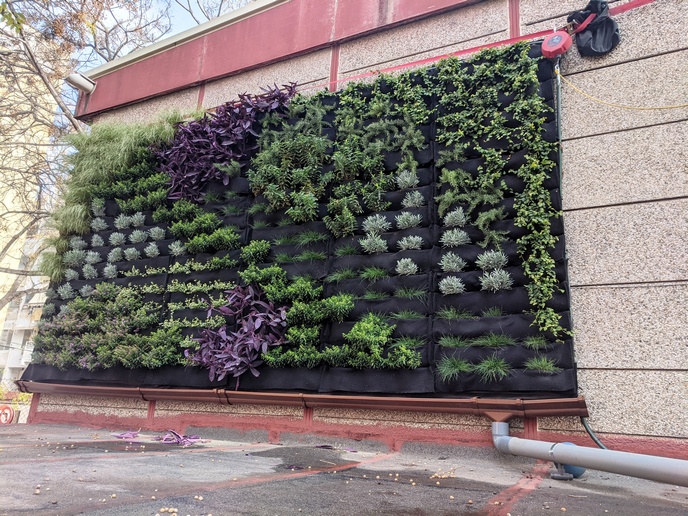Toolkit to offer efficient and cost-effective building retrofitting
The EU-funded RETROKIT(opens in new window) project has developed a toolbox that integrates flexible prefabricated solutions with energy efficiency technologies, to facilitate cost-effective building upgrades. The project team successfully evaluated, on the basis of data monitored at demo sites, that resultant energy savings would achieve returns on investment within seven years. ‘Our aim was to generate a comprehensive and scalable platform that fully addresses retrofitting issues in the building sector,’ says project coordinator Andrea Maria Ferrari from D'Appolonia, Italy. ‘A key achievement was the Decision Support System that enables owners, architects and public authorities to estimate what retrofitting actions should be taken, along with potential costs and payback. This Decision Support tool is a multi-user instrument that will allow non-industry people as well as experts to receive feedback on their retrofitting projects.’ The project, which began in September 2012, identified and developed the kit’s new retrofitting technologies, and demonstrated their application at a total of three demonstration sites in Madrid, Spain; Frankfurt, Germany; and finally Piteå, Sweden. ‘The products and processes that have been central in this project now need to be standardised, refined and further developed in order to become commercialised,’ says Ferrari. To this end certain refinements will be carried out, including the addition of more instruments, the extension of datasets and the continuous process of debugging. An agreement was recently reached with Italian and Spanish Universities to enable students to use the tool for free in order to generate feedback and further improve usability. In August 2015, retrofitting in Frankfurt began on two four-storey buildings with 20 apartments, built in 1954. Retrofitting work in Madrid was completed at the end of 2014. An installation in Piteå involved a test-case of a single flat, which was used to clearly demonstrate the feasibility of these applications in extreme conditions. The final modular retrofit toolbox includes integrated heating, ventilation and air conditioning solutions along with electricity, ICT and renewable energy technologies. The consortium investigated and identified the most efficient solutions currently available on the market. Prefabrication was central to keeping costs low and limiting the impact of building work on residents. Furthermore, the integrated approach meant that energy performance could be improved on both the inner and outer parts of buildings with a single retrofitting intervention. Efficient construction processes involved low impact on occupants and lower risk to investors. ‘The idea was to make these cutting edge technologies available to the widest range of potential end users,’ explains Ferrari. ‘While single technologies are contained in the RETROKIT approach, they are looked at in a broader way. The building industry stands to benefit, but so do residents of flats who will see their energy costs reduced and quality of life improved. The aimed final outcome will limit problems and hindrances to tenants, both during the course of the retrofitting and afterwards by providing them with technologies that offer real solutions to their needs.’ Residential buildings that date between 1945 and 1980 have the largest energy demand (in 2009, 68 % of the total final energy use in buildings) and due to their age, most now require retrofitting or refurbishing intervention. ‘Europe’s stock of more than 10 million buildings with poor energy performance – usually multi-tenant properties – is a huge issue,’ says Ferrari. The RETROKIT project was successfully completed in August 2016.







